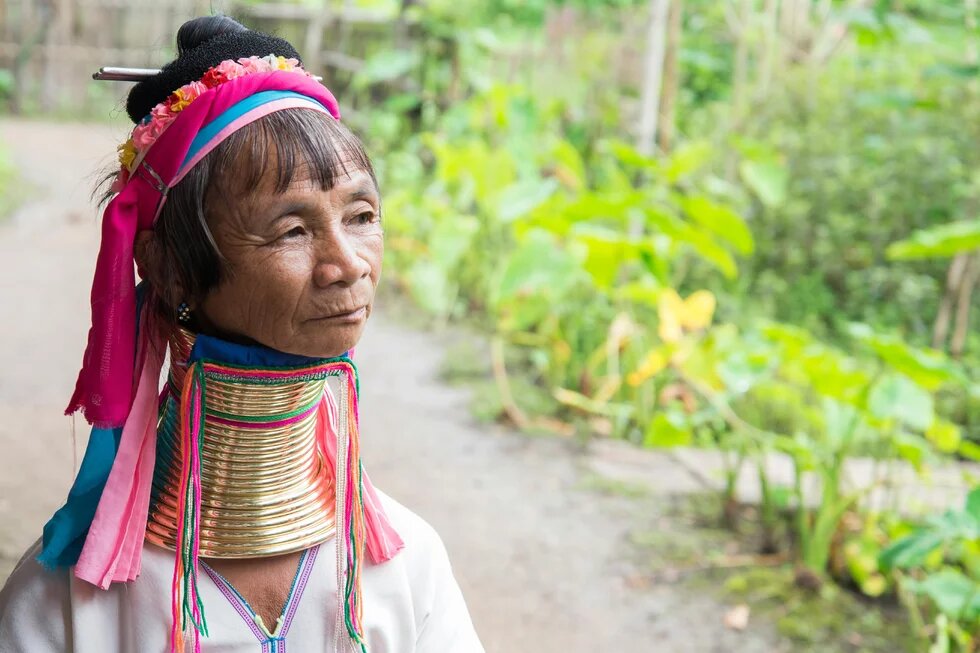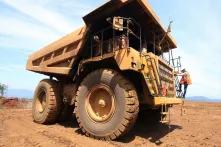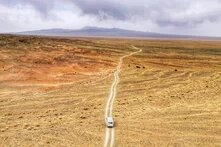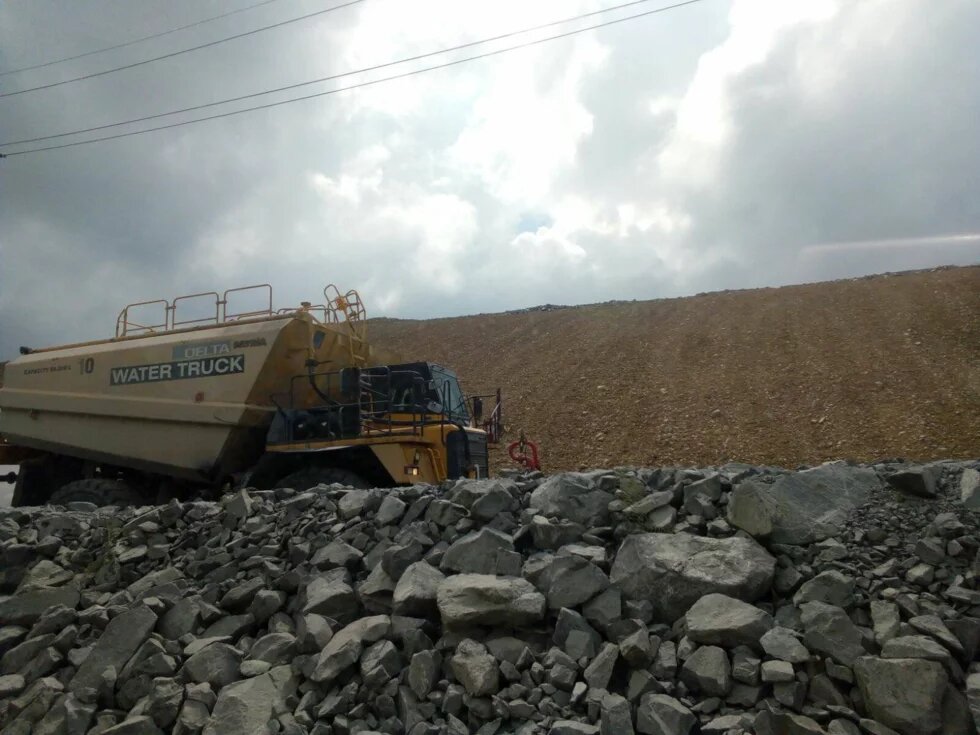
Southeast Asia’s geographical location is blessed with abundant natural resources – minerals, forests, and wildlife. For hundreds of years, these resources have been a source of livelihood and even life for Indigenous peoples, as well as local communities. However, the capitalist perspective of development is rapidly encroaching on the mineral-rich lands of these peoples.
Due to the lack of clear environmental frameworks in areas affected by mining projects, as well as the use of the state forces to threaten and harass the Indigenous communities and human rights defenders, the concerned governments in Southeast Asia reveal where their loyalty truly lies. The second article by Maya Quirino about “green mining” discusses the underlying agenda of the global North in exploiting the minerals of the global South at the expense of the Indigenous communities and the peoples.
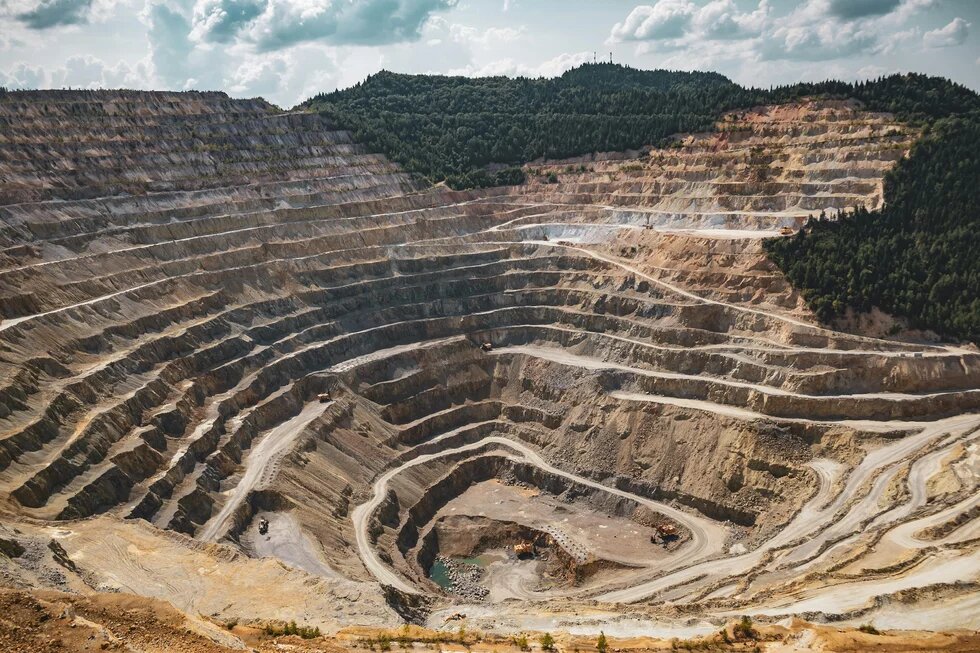
Energy transition minerals (ETMs) necessary for the production of renewable energy technologies are more popularly known as critical minerals. The narrative of criticality, now accepted as gospel truth, is largely a function of geopolitics.
With criticality, transition minerals assume two defining attributes: they are deemed essential to the economy and national security, and their associated supply chains are at high risk of disruption. This is because renewable energy supply chains are more concentrated in certain areas compared to those of oil or gas.
The World Bank classifies transition minerals into four categories: high-impact and cross-cutting minerals, which have wide use, especially in the energy transition; high-impact minerals, such as lithium and graphite which are crucial for energy storage; medium-impact minerals such as rare earth elements, which have niche use and a moderate increase in demand; and cross-cutting minerals, which have broad applications and are fundamental to the transition.
Over 450 policies address critical minerals in 35 countries. In developed nations, often the primary consumers of these minerals, criticality is well articulated in law and policies, particularly as the energy transition accelerates. These nations are rushing to secure these critical minerals amid fears of disruption, with an expressed strategy to de-risk or decouple value chains from China.
Critiquing criticality: Southeast Asian experiences
Criticality endangers the rights of mining-affected communities, as governments sacrifice safeguards to ensure supply flows. An analysis of policies reveals that while most jurisdictions acknowledge sustainability, they also tend to expedite approval processes, potentially leading to future problems.
Referring to transition mining as “green mining” downplays its extraordinary and irreversible negative effects. Worse, critical mining is leveraged to reinforce dominance in global politics.
After all, the concept of criticality can be contested, as the perspectives in the global South often diverge sharply from those in the global North.
The fears are not unfounded.
The Business and Human Rights Centre (BHRC) has documented 630 human rights allegations from 2010 to 2022 related to transition minerals. Twenty-five percent of these cases involved attacks on a human rights defender.
Given the significant volume of reserves across its member countries, Southeast Asia is a region of strategic importance.
The Philippines holds major reserves of at least five transition minerals, including the world’s second largest nickel reserves. Nickel is essential in the production of batteries for electric vehicles, which is now highly in demand. Palawan province in western Philippines, has large reserves of nickel and has become a hub for large-scale mining ventures – including an agreement between the Philippine government and Celestial Mining Corporation in the Mount Mantalingahan Protected Landscape (MMPL).
The highest peak in Palawan, Mount Mantalingahan, has been home to the Indigenous Palawan for thousands of years. With over half of its original forest cover remaining, it provides an essential watershed for 200,000 people depending on it for agriculture, drinking water, and livelihoods. Mt. Mantalingahan forests are estimated to have a value of US$5.5 billion in ecosystem services.
Under the country’s National Integrated Protected Areas System (NIPAS), the MMPL is supposed to be off-limits to mining. A group of Indigenous peoples filed a petition before the Supreme Court of the Philippines,challenging the legality of the project. The Supreme Court granted them a writ of kalikasan – a legal remedy unique to the Philippines - finding that the mining operations may cause damage to the protected area and the Indigenous territory. However, after petitioners reached a settlement with the mining company and withdrew their petition, the Court of Appeals dismissed the case.
In the Philippines, 80% of Indigenous areas entangled in environmentally critical projects, such as mining, is militarized.
Indonesia, which has the world’s largest known nickel reserves, faces serious human rights and environmental issues. A BHRC report found that nickel mining is driving deforestation and expanding onto small islands. Water pollution and the reliance on captive coal plants for nickel smelters are contributing to the climate crisis. On Kabaena island, nickel mining has impacted the Indigenous Bajau, raising concerns over Free and Prior Informed Consent (FPIC), according to the BHRC.
More alarmingly, the BHRC found that Indonesia has registered 27 cases of the total 102 allegations of mining-related abuses from 2021 to 2022—the highest worldwide. Trend Asia noted issues of forced labor, which could potentially undermine Indonesia’s trade negotiations over transition minerals with the US.
In 2024, two activists were brought to police headquarters for questioning over their protest actions against mining, after their communities in Maluki and Sulawesi experienced flooding and environmental issues.
Activists also warn that forest cover is shrinking in areas close to the Indonesia Weda Bay Industrial Park, which are engaged in nickel processing. Based on remote sensing data, a nearby district lost seven percent of its old rainforest.
In military-controlled Myanmar, which holds reserves of heavy rare earth elements (HREE) used in EV batteries and wind turbines, mining information is reportedly withheld from local communities, including the Karen indigenous people. A Global Witness investigation found that transition mining affected people’s and environmental health, with one interviewee lamenting the disappearing fish stock and animals dying from drinking contaminated water.
Environmental and social issues such as water pollution, displacement of Indigenous peoples, deforestation, among others, have also been raised with Vietnam’s plans to harness its bauxite reserves, which account for 18% of the world’s total reserves. These reserves are located in the Central Highlands, home to the M’nong and other Indigenous peoples, whose voices have allegedly been excluded from public discussions on mining.
Alternatives to criticality
In sum, criticality threatens resource-rich regions in the name of trade, energy transition, and geopolitical dominance. As multilateral and bilateral agreements are forged to secure these minerals, communities in the global South are at risk to human rights violations and environmental degradation. For example, Indonesia and Vietnam are engaged in active negotiations with the US over transition minerals, even as many Chinese-owned companies dominate Indonesia’s nickel industry.
With 51% of transition minerals located on or close to Indigenous lands, a new layer of risk has enveloped places that may already have been besieged by other forms of extractivisms. In the cursory survey of the transition minerals landscape in Southeast Asia, Indigenous communities are already feeling the impacts of the critical minerals rush.
Various frameworks have emerged to address the human and environmental rights concerns of transition mining, with the United Nations (UN) issuing a set of guiding principles. The central idea of most of these frameworks remains the mainstream concept of sustainable development, striving to balance resource use with environmental conservation.
However, sustainable development often ends up enabling the enclosure and commodification of the commons rather than their protection.
Indigenous worldviews have a different take, casting doubt not only on sustainable development but also on the concept of criticality.
Kincentricity vs the ‘good’ Anthropocene
In kincentric ecology, the environment is treated as extension of the family, grounded in the belief that regarding nature as kin is the only way to ensure the viability of life. Kincentricity emphasizes the connection of living beings with land, ecosystems, and even Indigenous cosmologies, and is a common thread in nearly all Indigenous cultures across the world. Notions of stewardship and safeguarding the wellbeing of land could only naturally arise, which are broader and deeper than mere sustainable use.
“We don’t see our lands and forests as commodities; we still see ourselves as their custodians and are assigned to steward them,” says a Karen Indigenous leader in a Mongabay article.
Transition mining as an impulse of extractivism, albeit with the gloss of climate action, does not have a place within this constellation of Indigenous stewardship. Transition mining, as with mining generally, has a cascade effect, affecting the ties of people with nature because of land-use changes, including disrupting cultural ties that then erode well-being and social relationships.
Increasingly, Indigenous (and peasant) lands rich in mineral reserves are being transformed into so-called sacrifice zones to support the transition. These areas, often sites of large-scale solar or wind farms, are overlaid with projects that disregard kincentric ecology, drive human rights abuses, and disrupt ecosystem services.
The dominant framing of criticality supports the role of transition mining in the wider project of energy transition, which itself has been hijacked by the logic of the market. Renewable energy projects form part of the new language of green growth and the notion of the ‘good’ Anthropocene, which is seen in renewable energy as a pathway for investments that will improve the economies, especially of developing countries. However, its critics allege that green growth is merely the application of (climate) mitigation to the neoliberal agenda.
Indigenous kincentric ecology holds up a mirror to the underlying premise and motive of criticality and the energy transition. Instead of criticality, more nuanced frameworks such as post-extractivism and a just minerals transition have surfaced. These promote facilitating robust consent processes, creating no-go zones to protect critical areas and sacred sites, situating transition mining within broader national development plans, distributing benefits equitably, among others.
Indigenous people’s traditional resource use is illustrative of kincentric ecology. Upholding indigenous rights should be the starting point for any plans for transition mining, though the level of the formal recognition of indigenous rights, including land rights, is uneven in Southeast Asia, although high in the Philippines, Malaysia, and Cambodia; and low in Vietnam, Thailand, Laos, and Myanmar.
The lack of clarity on land rights issues will prove detrimental to the lives of Indigenous peoples and the environment they protect. Given the unclear legal and governanceframeworks surrounding Indigenous rights, the work ahead will be unimaginably difficult. But the fact that “stronger collective rights can reduce conflicts and decrease investment risks,” as the UN International Fund for Agriculture argues, should be an incentive enough for duty-bearers to act.
In criticality, the global South is paid with the promise of prosperity to assume the negative externalities of the energy transition. Criticality rehashes the familiar plot of subjugation and oppression achieved through violence in space: As sacrifice zones, these places are destroyed, shorn of meaning, or left in decline or decay—permanent, living wounds.
This is one of two related articles on transition minerals. The other article "Climate Smart-mining: A New Spin on a Familiar Trouble" critiques climate-smart mining and discusses policy proposals for transition mining.
__
Maya Quirino is a non-profit worker based in the Philippines.
Disclaimer: This published work was prepared with the support of the Heinrich Böll Stiftung. The views and analysis contained in the work are those of the author and do not necessarily represent the views of the foundation. The author is responsible for any liability claims against copyright breaches of graphics, photograph, images, audio, and text used.

